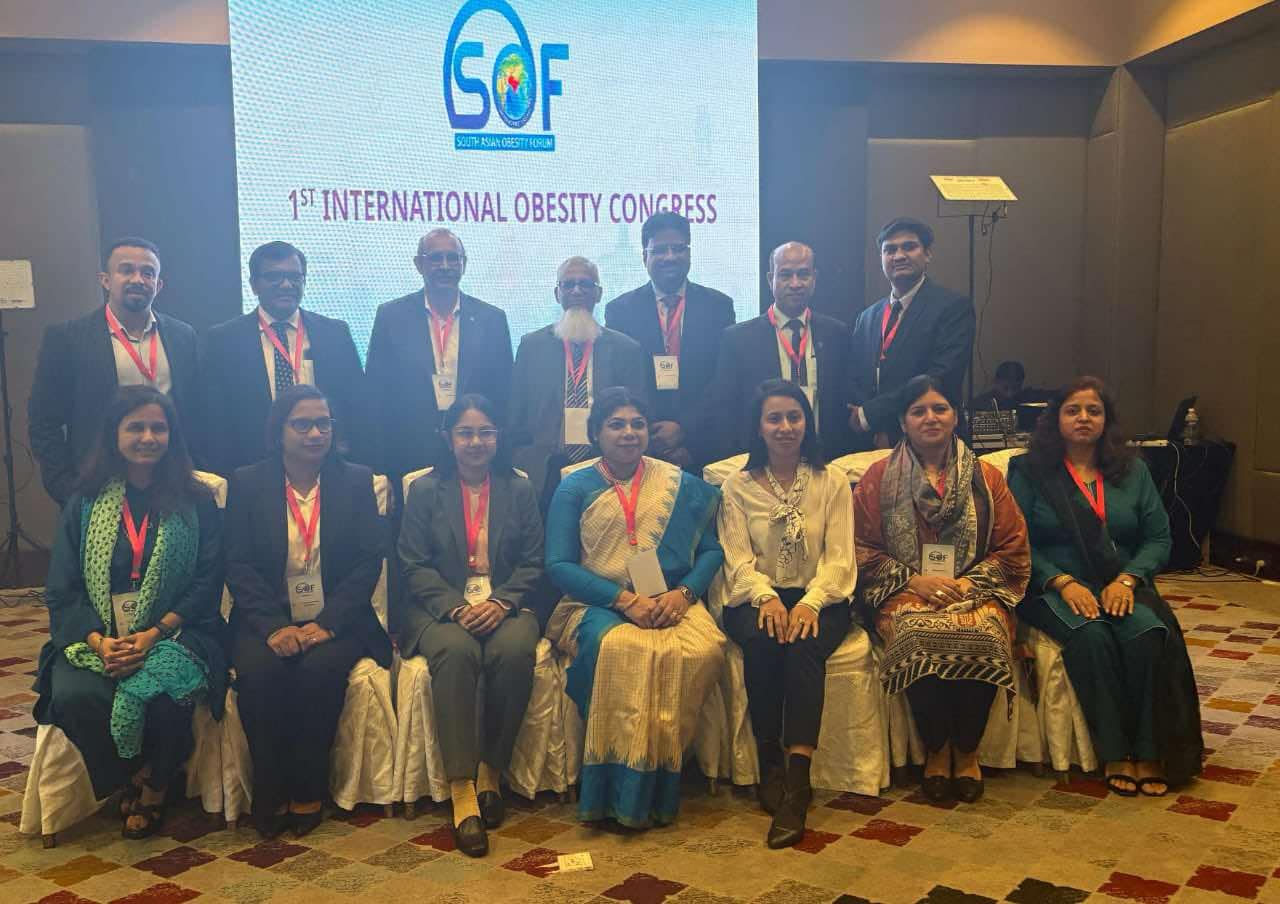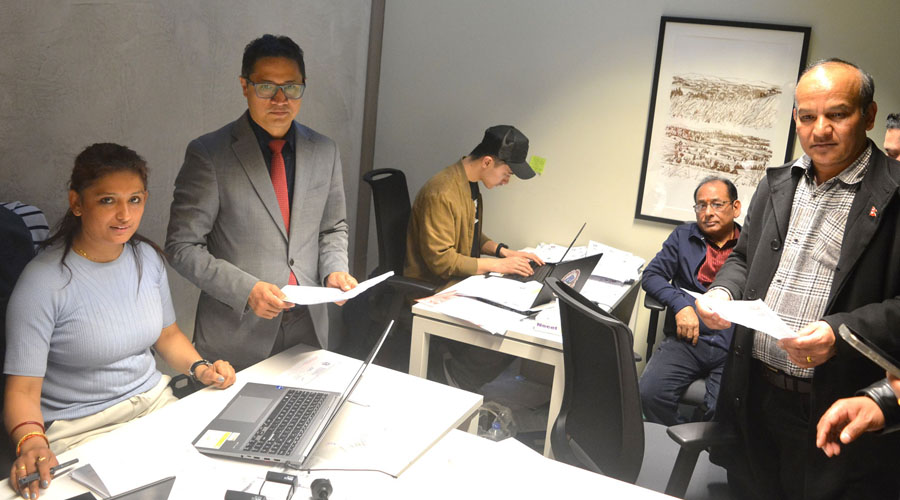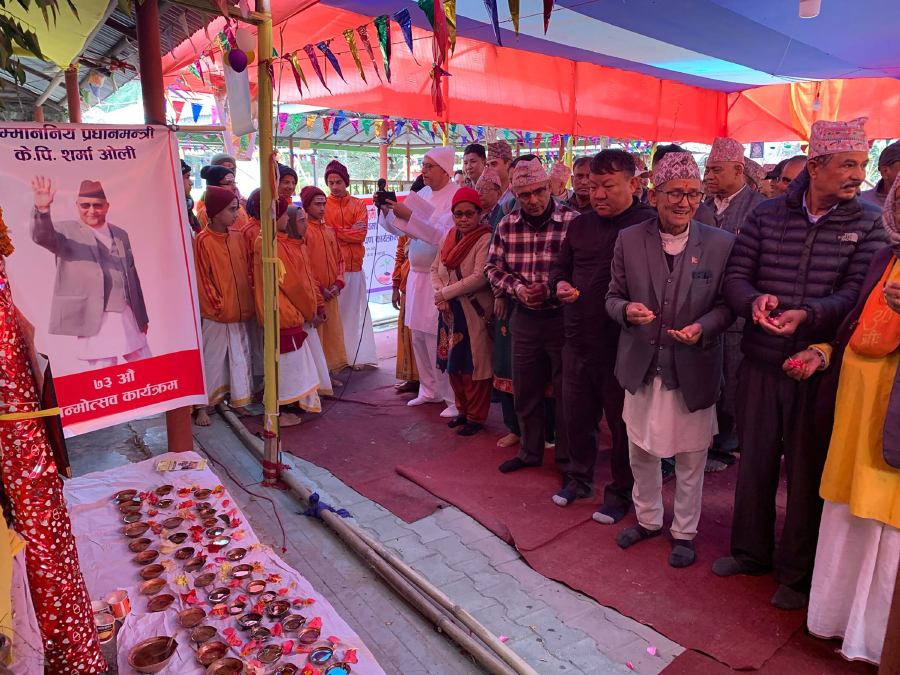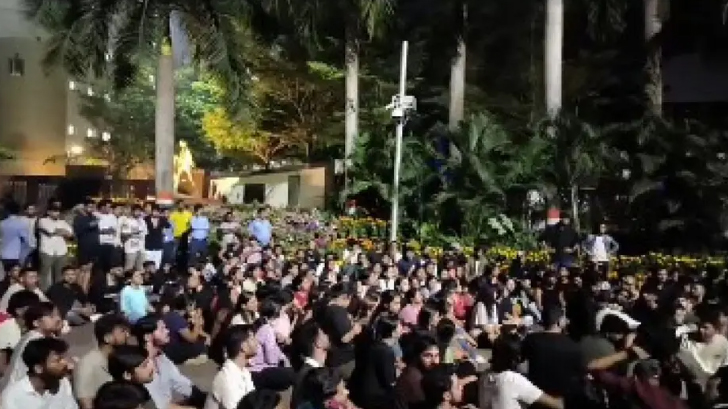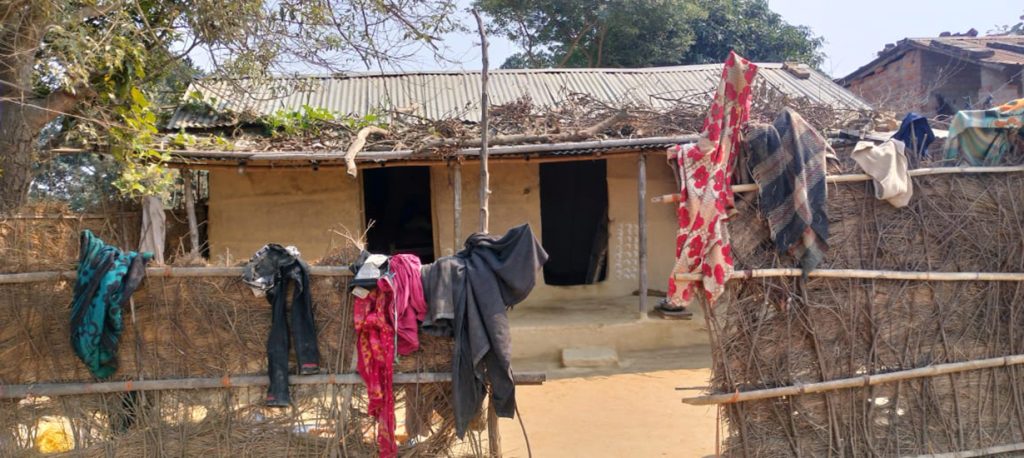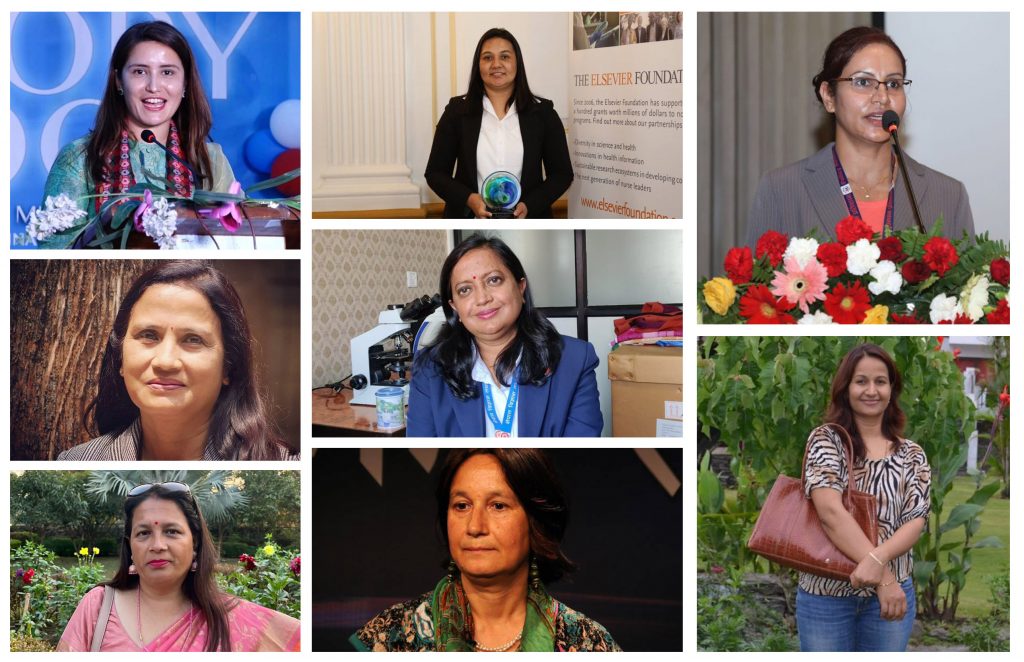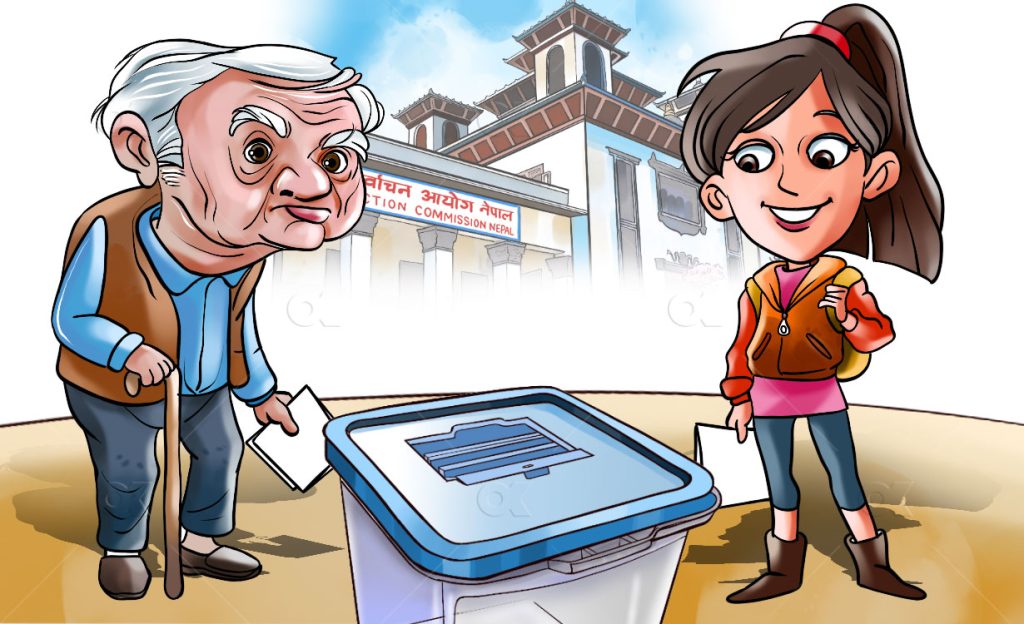
Nepal experienced a notable change in its political landscape, signalling the dawn of a fresh era characterised by increased political empowerment, especially among the younger generation during the 2022 election cycle.
This change, with youth in politics, has developed faith among the people that the country will progress with the energy of the youth force in policy-making positions.
Nepal’s history is saturated with instances where youth acted as catalysts for change. From the People’s Movement, the passion and drive of the youth facilitated transformative shifts in the nation’s political landscape. Despite their significant contributions, the youth often lacked recognition and representation in mainstream politics, their sacrifices overshadowed by the pursuit of power and position by established leaders.
Present scenario
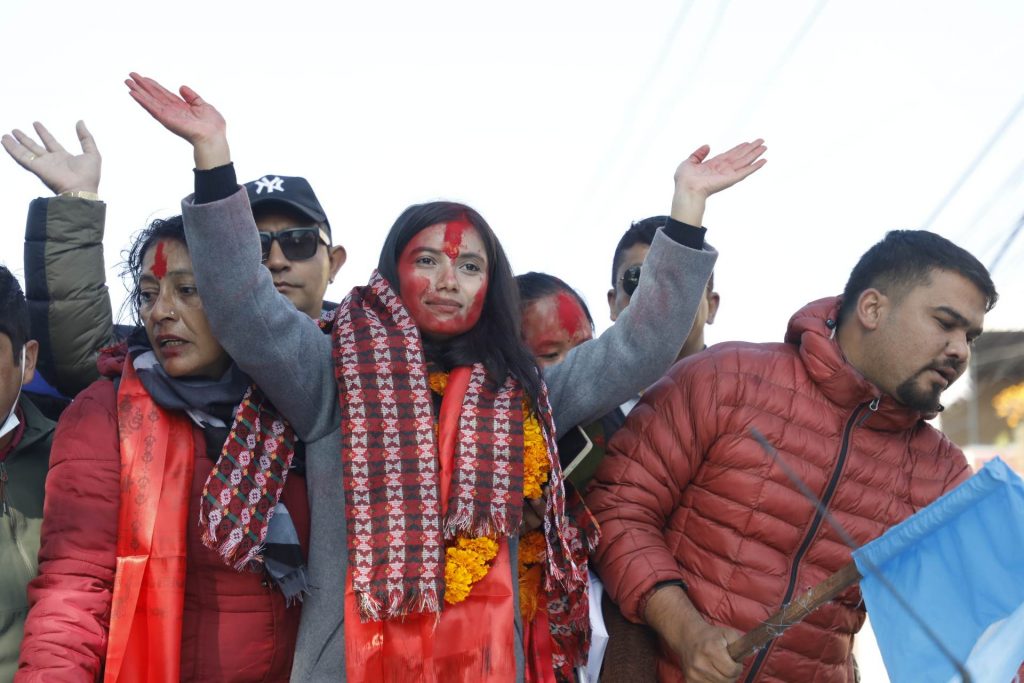
Recent elections showcased a burgeoning foundation for youth in politics and policymaking. According to the election commission’s press release, there was an encouraging more than 40 per cent increase in youth representation in local elections, with 11 per cent of candidates falling in the 21-30 age group and around 30 per cent in the 31-40 bracket.
Notable victories, such as Balendra Shah‘s mayoral win in Kathmandu Metropolitan City, signalled a turning point, fostering a trend of supporting young and independent candidates over those from established political parties.
This shift birthed the emergence of the Rastriya Swatantra Party, led by media personality Rabi Lamichhane, showcasing a promising wave of new faces and youth in politics.
Federal elections also witnessed a 32 per cent surge in youth participation compared to 2017. The influence of the youth in campaigns like the “No Not Campaign” resulted in the defeat of renowned politicians, signalling a positive message for Nepal’s political landscape.
Probable reasons for increased interest
The heightened involvement of Nepal’s youth in politics stems from several key factors. Access to enhanced educational opportunities has empowered them with a deeper understanding of governance and their pivotal role in shaping the nation’s future.
Concurrently, the rapid increment of social media and technological advancements has provided a robust platform for their voices, enabling seamless advocacy for change and support mobilisation.
Furthermore, a burgeoning desire for societal change, combined with a heightened awareness of social inequities and environmental issues, has ignited intense passion among the younger generation to actively engage in political discourse.
Additionally, evolving leadership prospects within some political spheres have facilitated the rise of young leaders, acknowledged for their potential to offer innovative solutions to enduring challenges.
Challenges
However, the path for youth entering politics is not free of obstacles. The major among these challenges is the insufficiency of employment opportunities, leading to a stark unemployment rate of 19.2 per cent among Nepali youth, significantly higher than the overall rate of 2.7 per cent around the globe.
Consequently, many seek opportunities abroad due to inadequate prospects locally. This migration of skilled professionals contributes to a detrimental brain drain, impacting Nepal’s growth.
The reluctance of established leaders to integrate young politicians into significant roles and the restrictive constitutional and legal provisions further limit youth representation in political processes.
Barriers like minimum age requirements for contesting elections and participation in constitutional committees hinder the infusion of fresh perspectives, impeding youth representation and engagement in policymaking.
Future path
To harness the full potential of Nepal’s youth, the country must create a conducive environment through supportive legal frameworks and electoral processes.
Implementing comprehensive youth policies with defined action plans, realistic timelines, and adequate budgets is crucial.
Empowering the youth as proactive change-makers necessitates redefining their roles and equipping them with decision-making skills, enabling substantial participation in shaping Nepal’s political landscape.




